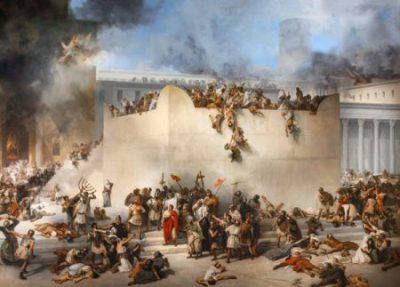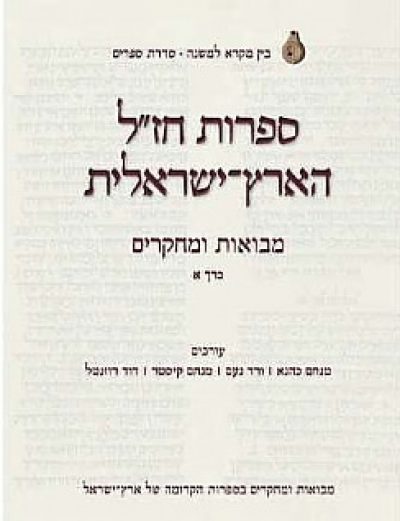Chag Habanot (or Eid Al-Banat or Rosh Hodesh laBanot) is a festive day that was observed in the North African Jewish communities, particularly, it seems in Tunisia and the neighbouring island of Djerba. It is not clear how old is the observance of the day but it is recorded in the Middle Ages in some communities. It takes place on the New Moon of the winter month of Tevet (usually in December) on the eve of the sixth or seventh day of the Chanukah holiday which itself commemorates the victory of the Jews over the religious and political persecution of the Syrian Greek ruler who was oppressing them in the land of Israel. Despite the fact that the dominant stories marked and recalled at Chanukah are about men, there has long been a series of traditional stories that connect women’s heroic acts to the persecution and the resistance to the opposing rulers and their armies.
Especially recalled is the story told in the ancient Jewish Book of Judith, about a woman who bravely tricked and killed the chief general of the Syrian Greek army, Holofernes. Although the story is not directly connected with the Chanukah rebellion, as a story about heroism which was set in that general period, it appears to have been easily associated with the same events. Another famous rabbinic story tells of the resistance of the daughter of the leader of the rebellion who refused to give herself before her wedding to the ruler of the area and incited the rebellion itself.
At some point these and other heroic stories appear to have been connected in North Africa to the beginning of the dark winter month that falls in the Chanukah holiday. It is not clear exactly how this happened but there IS a very old and strong connection which connect women in general to Rosh Hodesh, the sighting of the New Moon that marks the beginning of the month and the connection was particularly made in North Africa with women’s heroism at the time of the New Moon towards the end of Chanukah.
On that day a whole series of acts, traditions and values marked the day, which was seen specifically as a day for the celebration of women within the framework of the wider Chanukah festival. The specifics of the day must have varied from community to community but the general structure is clear. Women would celebrate both their connections with each other and their connection with Judaism, with God and the Torah. We hear of women going to the synagogue to kiss or touch the Torah, and saying various blessings. On the social level women would get together and cook a meal together which they would then celebrate with singing and dancing without the presence of men; mothers would give their daughters gifts and bridegrooms would give gifts to their brides; women or girls who had fallen out with each other would reconcile their differences and pledge friendship to each other. All of these were among the traditions celebrated in the North African communities.
Perhaps unfortunately, the celebration and the associations have largely vanished among the communities in Israel. In recent years there have been some attempts made to renew and to strengthen Chag HaBanot. It remains to be seen how successful these attempts prove to be.






